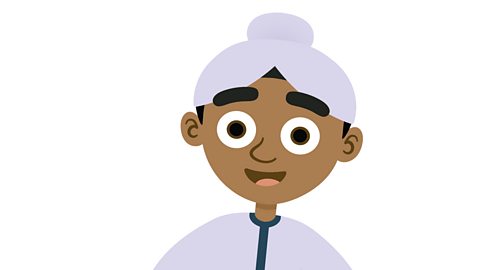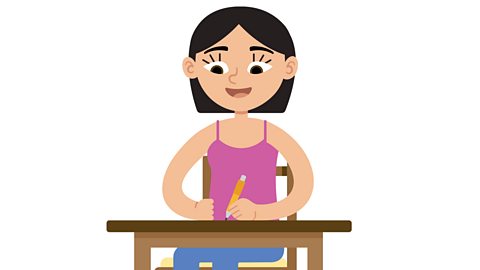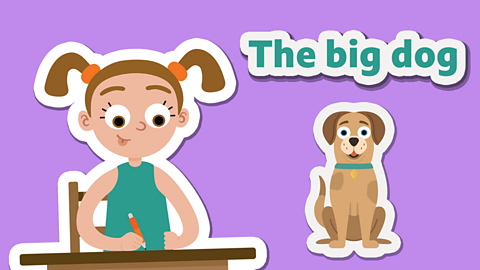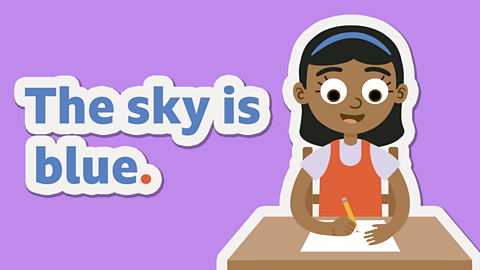Simple, compound and complex sentences

There are three types of sentence:
- simple
- compound
- complex
All of them have an equally important role in writing.

Watch: Writing in sentences
Learn about writing sentences.
What are simple sentences?

Simple sentences have a subject (âwhatâ or âwhoâ) and just one main verb (a âdoingâ word).
For example:
âH±đ walked quickly back to the house.â
Simple sentences are important for making clear points.
Be careful though - if you only ever use simple sentences in your writing you donât add much detail, so your reader could lose interest.

What are compound sentences?

Compound sentences have more than one verb and contain two or more clauses.
The clauses in a compound sentence still make sense on their own and so we use coordinating conjunctions, such as 'and', 'but' and 'so' to link them together.
For example:
George realised he had forgotten his wallet so he walked quickly back to the house.
Both clauses on each side of 'so' make sense on their own.
Compound sentences are useful for connecting events and ideas in your writing.

Watch: How to choose the right sentence
Learn how to choose the right sentence.
What are complex sentences?

Complex sentences include a subordinate clause.
Go back to the video you have just watched and listen from 0:47 to the end.
Subordinate clauses are sometimes known as 'dependent clauses' because they need the main part of the sentence to make sense. They donât make complete sense on their own.
For example:
George wanted to stay outside despite the driving rain and wind.
The subordinate clause here (âdespite the driving rain and windâ) does not make sense on its own.
We use subordinate clauses to add extra information to the main clause.
Using complex sentences is an effective way to add more detail and interest to your writing, which is great for your reader!

Activity 1

You are going to create your own superhero!
First, draw your superhero on a piece of paper.
Around your drawing you need to write:
- Your superheroâs name.
- The special things theyâre able to do - their âsuperpowersâ.
- Words and phrases to describe them.
Try to picture your superhero in your mind and think about how they might behave or move around, to help you think of good ways to describe them.

Activity 2
Next, underneath the drawing of your superhero, or on a new piece of paper, write at least four simple sentences about your superhero.
For example:
Super Dog runs quickly.
Remember, a simple sentence has one main verb and makes sense on its own.
Think carefully about the following when you are writing sentences:
Is your sentence a statement, a question or an exclamation?
Have you remembered to use correct punctuation?
Activity 3
Now, say even more about your superhero by writing sentences that contain more detail.
Try to write at least three compound sentences about your superhero.
Remember, a compound sentence joins two main clauses together. Use words like 'and', 'so' or 'but' to your sentence to make it compound.
For example:
Super Dogâs sidekick is called Punchy Puppy and together they fight crime.
Activity 4
Go further - now try writing at least two complex sentences about your superhero.
Remember, a complex sentence uses a subordinate clause to add extra detail. Use words like 'because', 'when' or 'despite' to make the sentence complex.
For example:
Super Dogâs arch enemy is Bad Cat because he wants to get rid of all dogs!
Activity 5
Turn each pair of simple sentences below into one compound sentence by using one of these words:
- and
- but
- so
Write your answers on a piece of paper. An example has been done for you.

- Poppy sat on the beach. She ate a big ice cream.
Poppy sat on the beach and she ate a big ice cream.
The sun was very hot. He put on his cap to keep cool.
Ahmed wanted to buy an ice cream too. He had spent all his money.
Charlie went for a swim. Kamala came too.
The boys splashed in the sea. It was too cold to stay in for long.
They grabbed their towels. They could get dry.
How did you get on? Check your answers in this

Play our fun English game Crystal Explorers. gamePlay our fun English game Crystal Explorers
Use grammar, punctuation and spelling skills to explore jungles, caves and tombs on your mission!

More on Sentences
Find out more by working through a topic
- count4 of 4

- count1 of 4

- count2 of 4
